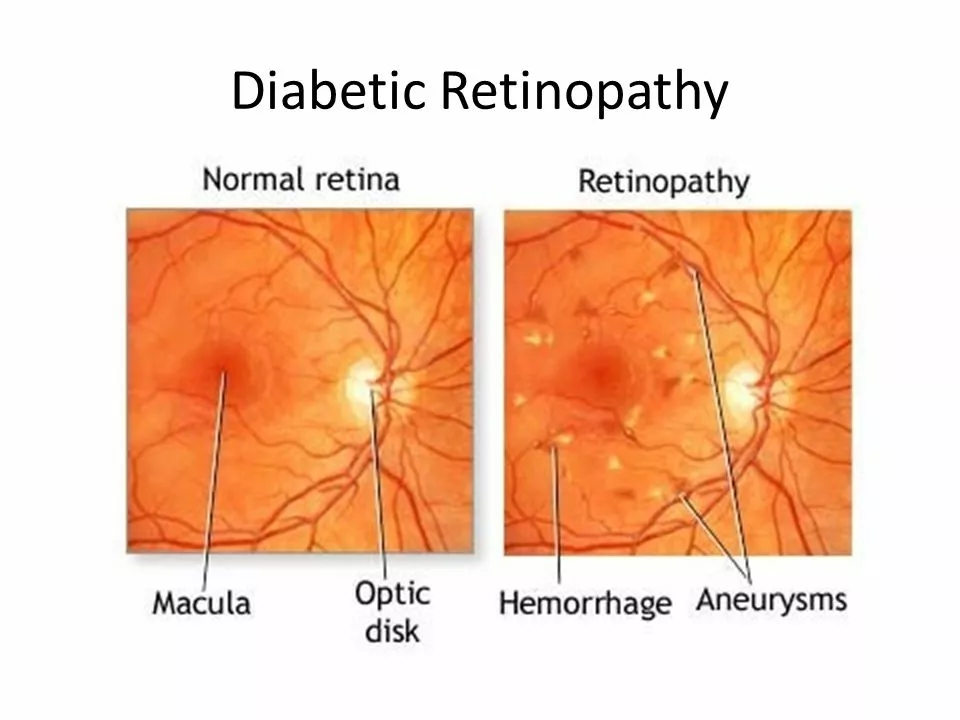Hypertensive retinopathy: what high blood pressure does to your eyes
Ever wondered if high blood pressure can harm more than your heart? It can. Hypertensive retinopathy is damage to the tiny blood vessels in the retina caused by long-standing high blood pressure. Often you won’t notice early changes—until vision starts to blur or you have a sudden problem.
How doctors find it
An eye doctor looks inside your eye with a dilated exam and a tool called an ophthalmoscope. They check for signs like narrowed arteries, arteriovenous (AV) nicking, tiny retinal hemorrhages, cotton-wool spots (small areas of poor blood flow), and in severe cases, swelling of the optic nerve. Your doctor may order optical coherence tomography (OCT) to see retinal layers in detail or fluorescein angiography to check blood flow. A simple blood pressure reading and review of your meds and health history complete the picture.
Why does that matter? The retina needs steady blood flow. When blood pressure is high for too long, vessel walls thicken and leak. That harms vision and can signal risk to other organs, like the heart and kidneys. Finding retinopathy often means it’s time to take blood pressure control more seriously.
How to reduce risk and manage it
Controlling blood pressure is the single most effective step. That usually means lifestyle moves and, when needed, daily medication. Cut salt, get regular exercise, keep a healthy weight, limit alcohol, and don’t smoke. Work with your doctor to set a target BP and stick with it.
For eye-specific care, the ophthalmologist treats complications. If there’s swelling of the macula or new abnormal vessels, they may recommend laser treatment or injections into the eye. Those treatments don’t fix high blood pressure—they protect vision while your medical team manages the underlying cause.
Watch for warning signs: sudden blurred vision, dark spots, flashes of light, or a sudden drop in vision. If any of those happen, get urgent eye care. Also schedule routine eye exams if you have high blood pressure—early changes are often reversible or easier to control.
People with diabetes, kidney disease, or a family history of vascular problems need closer monitoring. Bring a list of your medications and your latest BP readings to your eye visits. That helps doctors connect the dots and adjust treatment faster.
Bottom line: high blood pressure can quietly damage your eyes, but you can slow or stop that damage. Keep blood pressure in range, get regular eye checks, and seek prompt care for vision changes. Simple habits and the right medical follow-up protect both your sight and your overall health.

The Potential Role of Azilsartan in Treating Hypertensive Retinopathy
As someone who is passionate about health and wellness, I recently came across a fascinating study on the potential role of Azilsartan in treating hypertensive retinopathy. Hypertensive retinopathy is a condition where high blood pressure damages the retina's blood vessels, which can lead to vision problems. Azilsartan, an angiotensin II receptor blocker, has shown promising results in reducing blood pressure and may also protect the retina from damage. It's exciting to think that this medication could potentially help those suffering from hypertensive retinopathy maintain their vision and overall eye health. I'll definitely be keeping an eye on further research in this area and will share any updates I come across!
